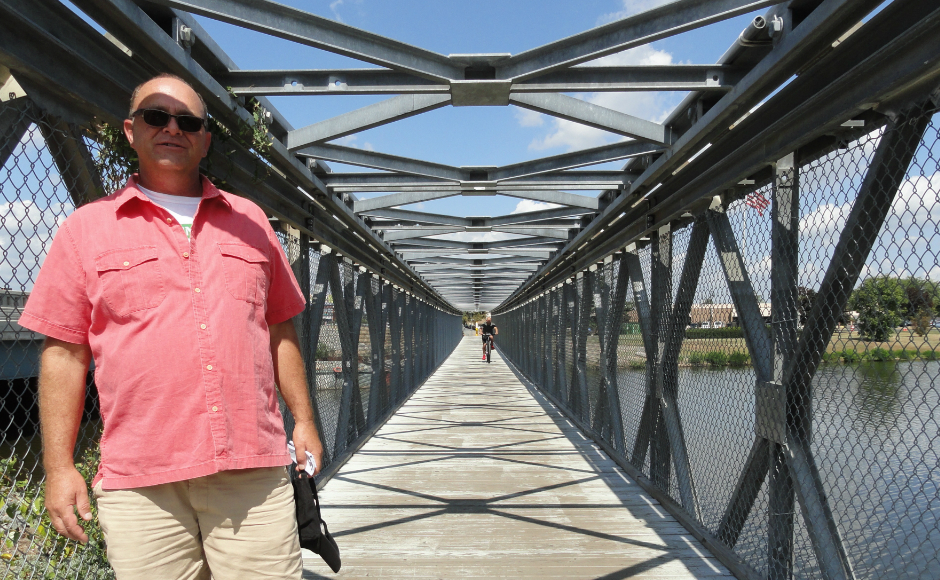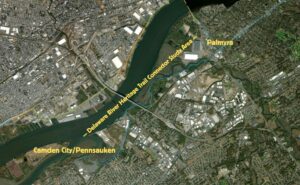 Tom S. Turcich. Credit: Matt Skoufalos.
Tom S. Turcich. Credit: Matt Skoufalos. Tom S. Turcich. Credit: Matt Skoufalos.
Tom S. Turcich. Credit: Matt Skoufalos.Related posts

Pennsauken, Palmyra to Study Four-Mile Connector Trail
A $125,000 federal transportation grant will cover the cost of the study, which is meant to facilitate safe crossing across the Pennsauken Creek and Route 73, drive economic development, and offer non-car alternatives to reach mass transit. Sign in or subscribe to continue reading…
July 3, 2025
